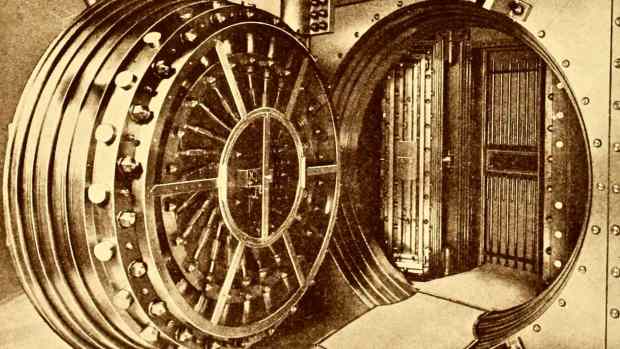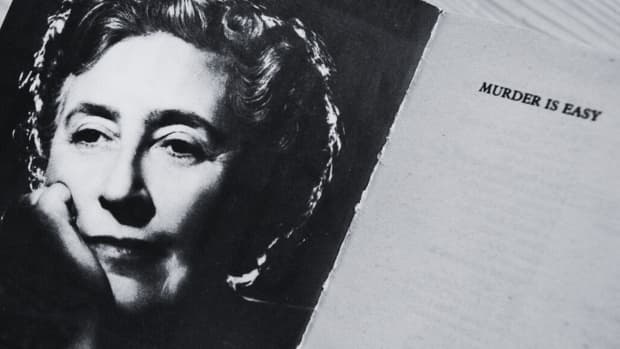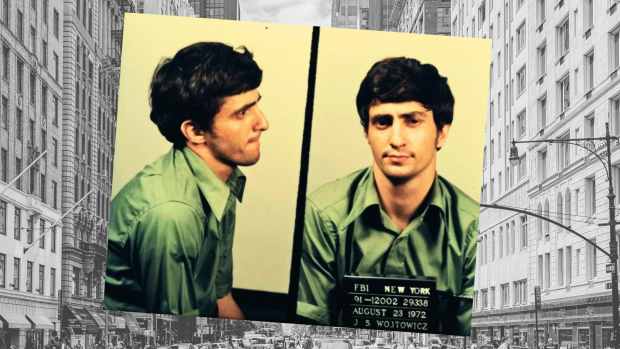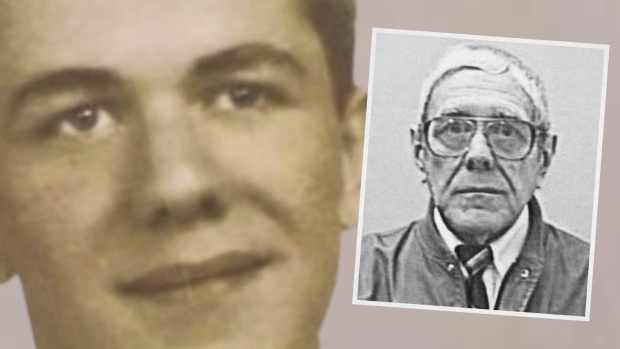John Babbacombe Lee: The Man They Couldn't Hang

John Babbacombe Lee was sentenced to hang at Exeter Prison and has the dubious distinction of being the only man in history to have survived three hanging attempts.
A Man Who Survived Three Hanging Attempts
On a cloudy day in February 1885, John Babbacombe Lee walked up to the scaffold at Exeter Prison in Devon County, England, where he stood awaiting his turn to be hanged to death. However, at that very moment, a weird event happened that has remained unresolved for nearly 150 years.
As hangman James Berry heaved the lever, the trap doors through which Lee was supposed to fall failed to open. Without dwelling too much on it, Berry inspected the mechanism and confirmed it to be working just as intended. Lee once again climbed on the scaffold, and the tool failed yet again as the trap doors failed to open.
Now concerned, Berry widened the opening between the two trap doors and asked the warden to validate it. The mechanism was working fine without any issues whatsoever. Lee again climbed the hanging scaffold for the third time, and the mechanism failed again.
Panic and confusion reigned supreme as Berry and the attending medical officer, John Pitkin, declined to participate in further proceedings. The execution of Lee was stopped, and he was returned to his cell. Later his sentence was modified to life imprisonment.
Pitkin wrote about the incident later in his report:
"30 minutes had elapsed since I began the service at the condemned cell. Then, when I saw the helpless confusion that prevailed, the great mental suffering the culprit had passed, and the improbability of the scaffold working, I joined with the medical officer to appeal to the Under Sheriff to postpone the execution that day. Great cruelty would have characterized the further effort to carry out the sentence that day."
Why did the "tried-and-tested" hanging mechanism fail so many times? Was it just a mechanical fault, or was Lee saved by an unseen "hand of god”? So far, nobody has any answer to the question that has tormented prison officials, investigators, and medical experts for nearly 150 years.
Lee was released 22 years later. He later immigrated to Milwaukee, Wisconsin in the United States, where he lived in relative obscurity for the remainder of his years.
Lee Accused of Murder
Lee was born on 15 November 1864 in the sleepy village of Abbotskerswell in Devon.
He grew up in a poor household with no money and no education. But Lee had big dreams of earning money fast and exploring the world. He joined the Royal Navy, but had to opt out within a year due to a severe leg injury that left him unfit for duty.
Being broke and with no future, John secured a job as a footman but soon found himself accused of robbing his employer and was sentenced to two years of hard labor. After two years, in 1884, he finally settled down as a personal servant for Emma Keyse, a wealthy widow in the Babbacombe Bay area. Lee established good relations with his employer, and soon became her trusted servant.
Then one day, tragedy struck the quiet town of Babbacombe Bay on 15 November 1884. Miss Emma Keyse was found murdered, with her throat brutally slit by a kitchen knife. She had three gashing puncture wounds to her head, and the murderer had tried to burn her body in an unsuccessful attempt to hide the crime.
As the only male member residing in the house, Lee became the obvious suspect. A bloodstained knife was found in a drawer beside Lee's bed, and his arm was covered in blood. Lee claimed he injured his arm after smashing a window to reach his employer's bedroom, where he had found a raging fire. No one believed him.
There were no witnesses. Lee had no motive to murder Keyse, and all evidence found was purely circumstantial. But this was the 19th century, and forensic science was still developing. There was no way the police could prove that the blood found on Lee did not belong to his employer.
Recommended
John Lee was charged with the murder of Emma Keyse and put on trial.

Why did the "tried-and-tested" hanging mechanism fail so many times? Was it just a mechanical fault, or was Lee saved by the unseen "hand of god”?
The Hanging Fails
The court engaged a local solicitor named Reginald Gwynne Templer to represent Lee. However, two days before the trial, Reginald Templer excused himself, citing ill health, and handed over his duties to his brother Charles Templer, an incompetent advocate with a history of failures behind him.
Lee protested his innocence throughout the court proceedings. Still, the evidence against him was damning, and Charles Templer quickly lost the case against the vigorous prosecution.
But fate had something different in store for Lee, and on the day of the hanging, John Lee would not die. The hangman James Berry and the warden tried their best to coerce the hanging mechanism to work, but to no avail. The execution was finally stopped. The Home Secretary, Sir William Harcourt, said later, as he modified Lee's sentence to life imprisonment:
"It would shock anyone if a man had thrice to pay the pangs of imminent death."

Prison officials believed a rainy day had swollen the wooden planks of the scaffold with rainwater, causing the failure. A detailed examination of the planks revealed them to be dry as a bone.
Why Did His Hanging Fail?
Prison officials initially believed that it was a rainy day and perhaps the wooden planks of the scaffold had swollen with rainwater, causing the failure. But a detailed examination of the planks revealed them to be dry as a bone. Everything was performed carefully and routinely, and there was no reason for the mechanism to fail even once.
Many people believed that it was divine intervention. Lee was innocent, and God took care of the innocent. But later, more logical minds dwelled on the problem by looking into the mechanics of the failure.
Detailed analysis of the gallows revealed that the critical components needed to be more strictly maintained for proper functioning. Specific components may have become jammed and failed to open under the prisoner's weight. Thus, a stroke of luck and human carelessness saved Lee's life three times.
But this raises the question—why didn't the corrections made after the second attempt solve the problem? The experts had no answer, and the investigation was closed with the mechanical failure believed to be the most logical but unexciting explanation for the failed hanging of John Lee.
Bizarre Twist 50 Years Later
Fifty years later, when forensic science was put into action to solve the case, it was found that the murderer was none other than John Lee's first solicitor, Reginald Gwynne Templar. Reginald had strained relations with Emma Keyse, and he killed her in a fit of rage and later pinned all the evidence on Lee to frame him. Lee was right all along when claiming his innocence.
It was a strange conclusion to a peculiar event that almost claimed an innocent young man's life—a life that was spared thanks to a fortuitous set of circumstances.
Sources
- "Babbacombe" Lee: The Man They Could Not Hang-John Lee
- The Secret of the Babbacombe Murder: Mysterious Case of John Lee, "The Man They Could Not Hang"-Mike Holgate
- The man they could not hang
- The Weird Story of “The Man They Couldn’t Hang”
- The man they should not hang
- 24 February 1885: The man they could not hang
Similar Articles on The CrimeWire
- The Hanging of Hannah Ocuish: America's Youngest Execution
- The Hangings of the Molly Maguires
- Marguerite Pitre: The Last Woman Hanged in Canada
© 2023 Ravi Rajan











